Zamówienie wyślemy do 00 00 00
| Redakcja naukowa | |
|---|---|
| ISBN | |
| Rok wydania | |
| Liczba stron | |
| Format |
Table of contents
Paweł Grata, Jarosław Kinal
From Editors
Part I. Past
Sorin Șipoș (University of Oradea), Cosmin Patca (University of Oradea),
Ioana Blajec (University of Oradea), Manuela Bârza (University of Oradea)
The inhabitants of the Bistra Valley (Bihor County, Romania). Past, present and future
Zenonas Norkus (Vilnius University), Jurgita Markevičiūtė (Vilnius University),
Ola Honningdal Grytten (NHH Norwegian School of Economics),
Gatis Krūminš (Vidzeme University of Applied Sciences)
New Gross Domestic Product (GDP) Benchmark Estimate for Latvia in 1935
Elżbieta Słabińska (Jan Kochanowski University of Kielce)
„Looking for a job”. The role of state institutions of the Second Republic in vocational activation of the unemployed in the 1930s.
Falk Flade (European University Viadrina Frankfurt/Oder)
Semiconductors in socialist Poland. The Sectoral Innovation System of the Polish semiconductor industry, 1950s–80s
Part II. Present
Tamás Tóth (Milton Friedman University), Péter Máté (Hungarian University of Agriculture and Life Sciences)
The challenges of the LEADER programme
Henrietta Nagy (Milton Friedman University)
The role of higher education institutions in fostering economic development of Hungarian regions
József Káposzta (Hungarian University of Agriculture and Life Sciences)
The rise of localism in the new rural space
Leszek Cichobłaziński (Częstochowa University of Technology)
Is Central Europe doomed to imitation? Models of modernizing Poland in the process of European Union integration – opportunities and threats
Csilla Mile (Kodolányi János University)
Environmentally conscious production – health-conscious consumption. Present and future of organic farming in Hungary
András Szeberényi (Budapest Metropolitan University)
Study on the knowledge of renewable energies among the younger generation
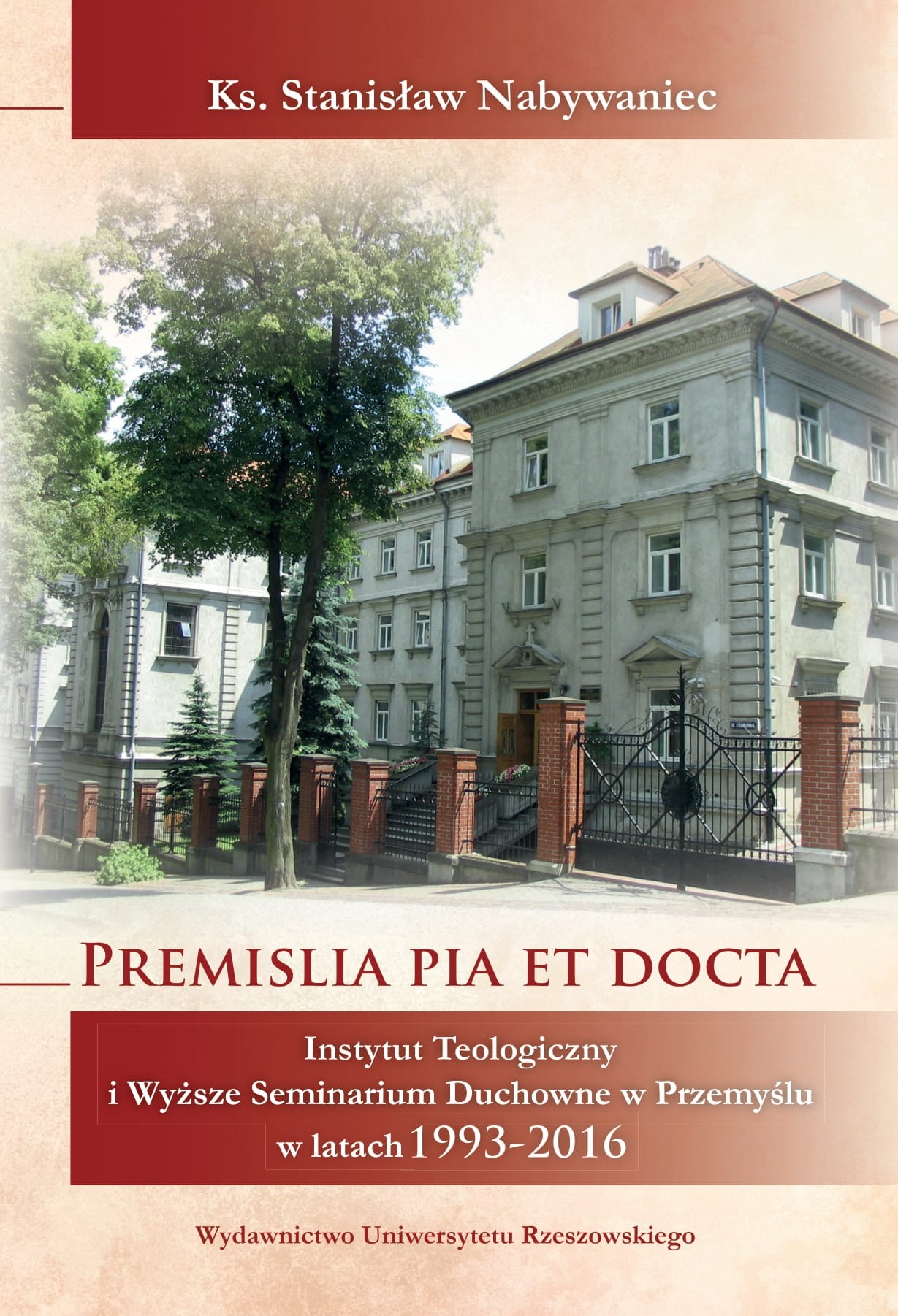


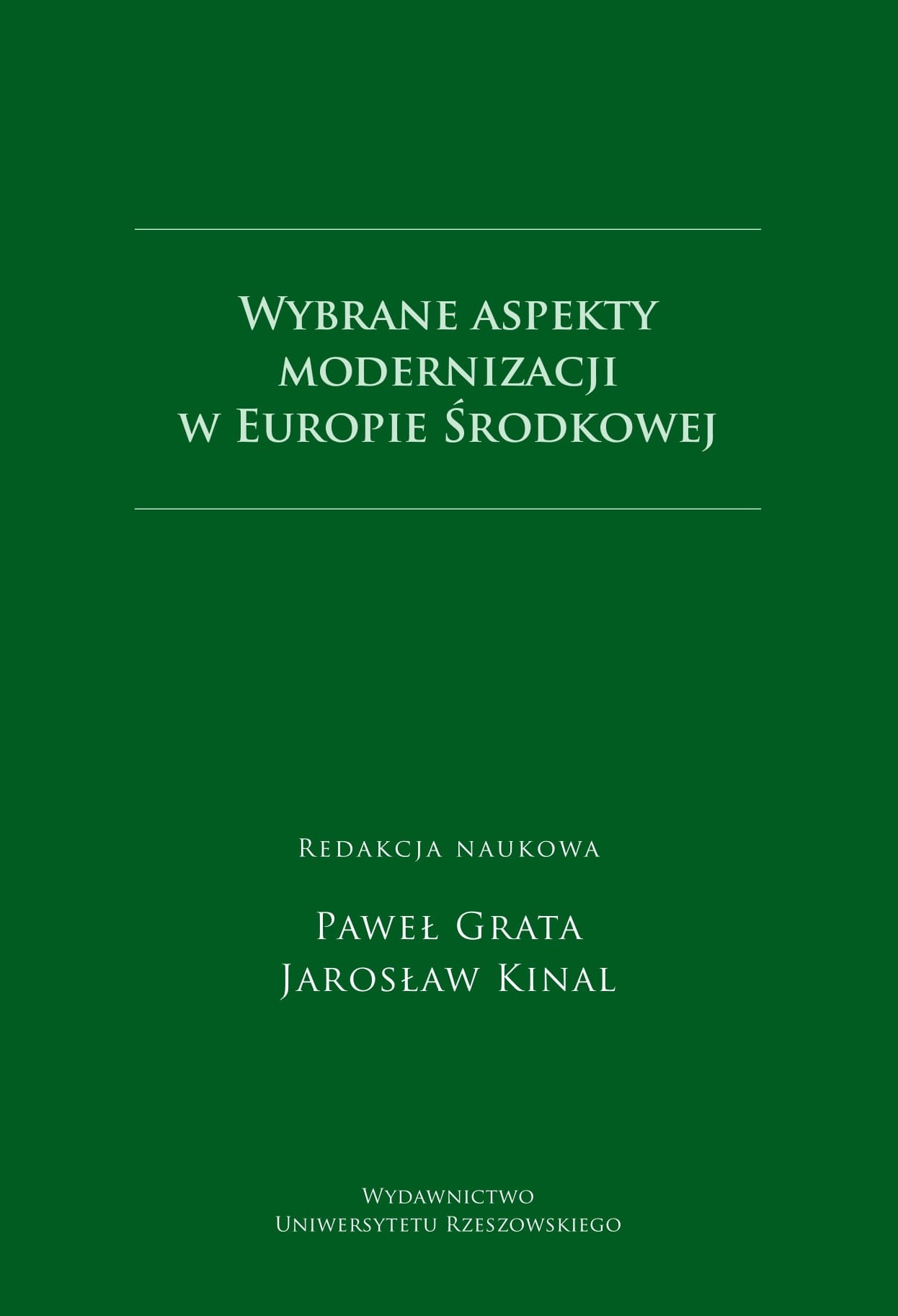
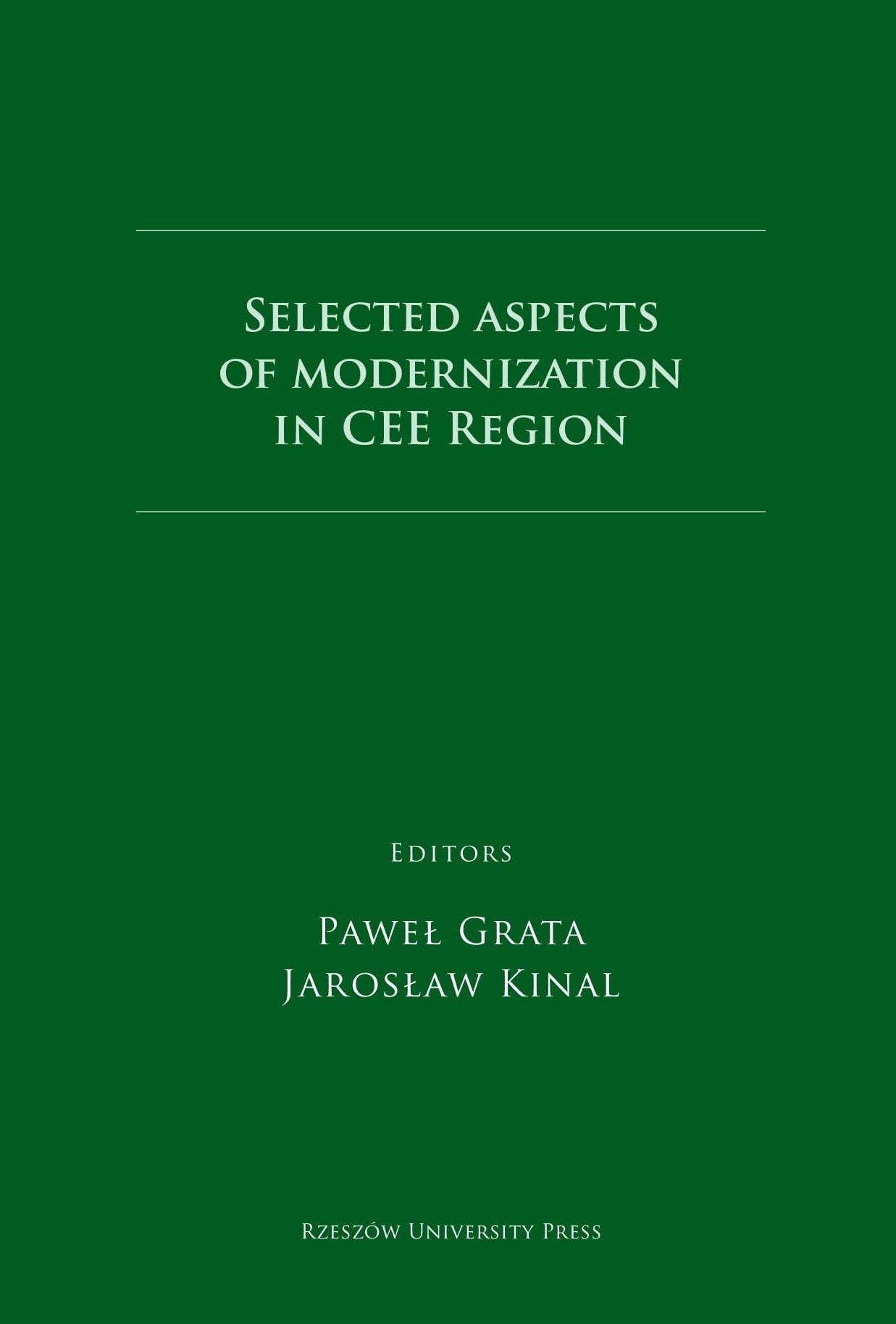
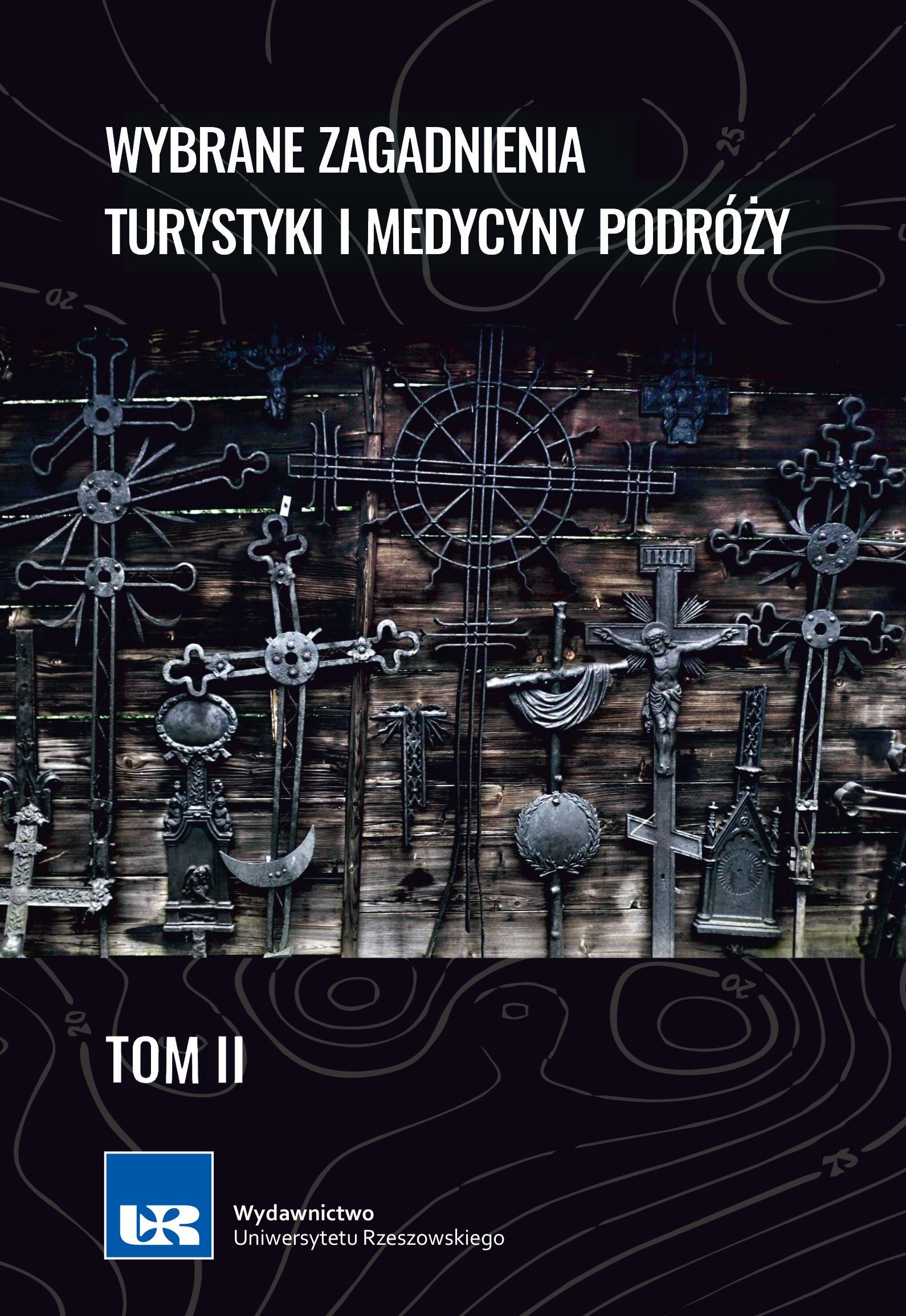
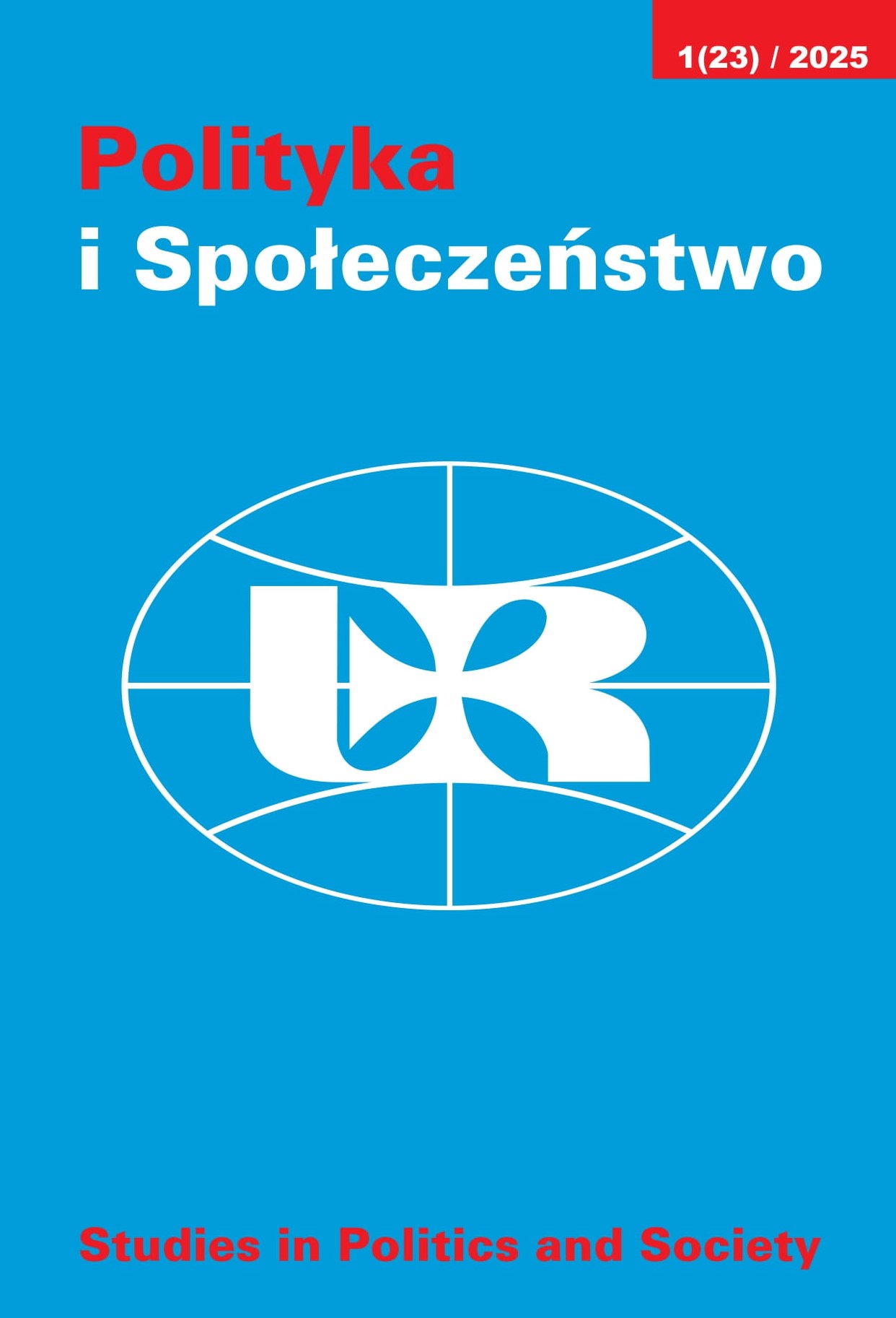
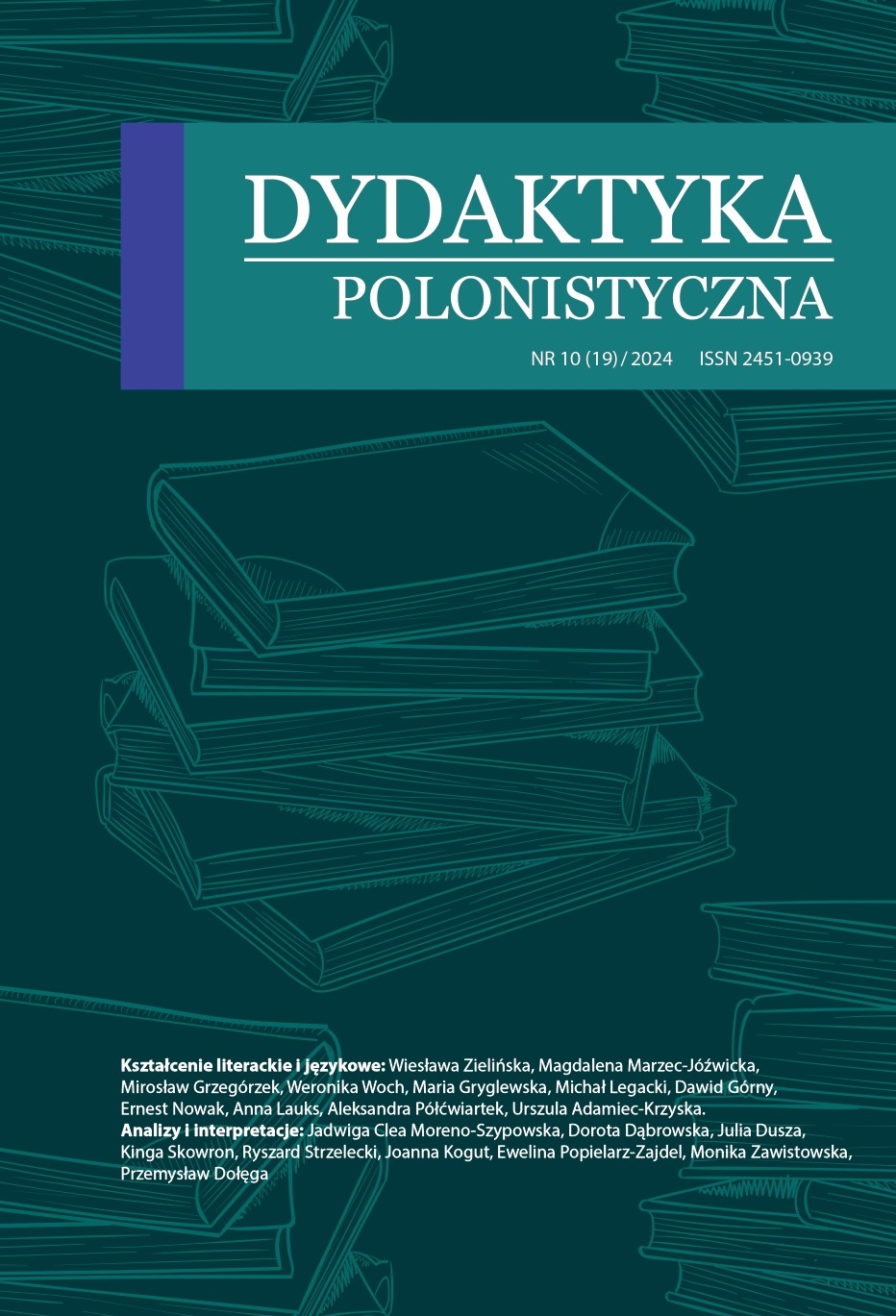
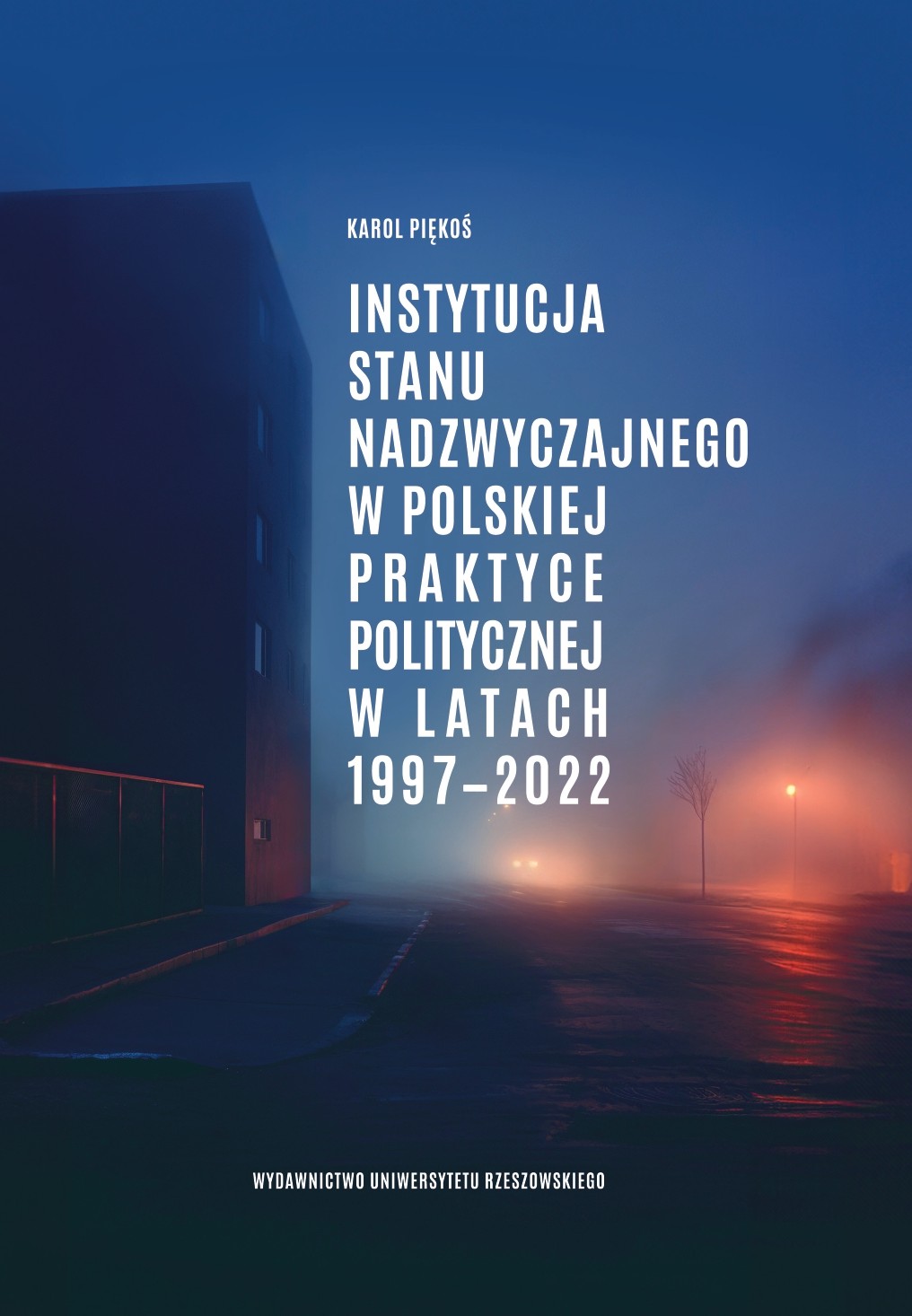
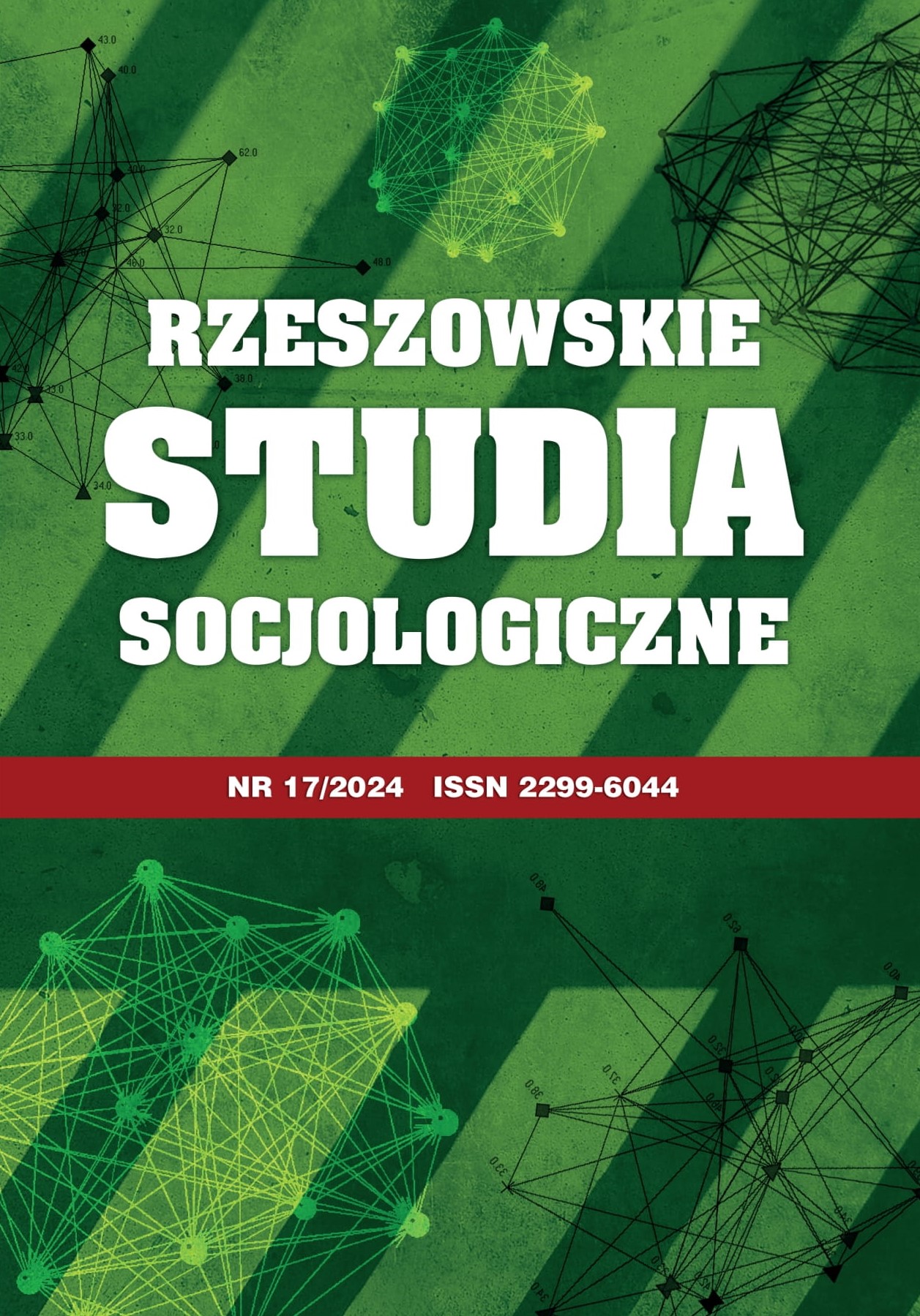

Copyright © 2025
wydawnictwo@ur.edu.pl
tel. 017 872 13 69 (Kolportaż)
tel. 017 872 14 37 (Dyrektor)
faks: 17 872 14 26
e-mail: wydawnictwo@ur.edu.pl
Adres:
ul. prof. St. Pigonia 6, 35-310 Rzeszów